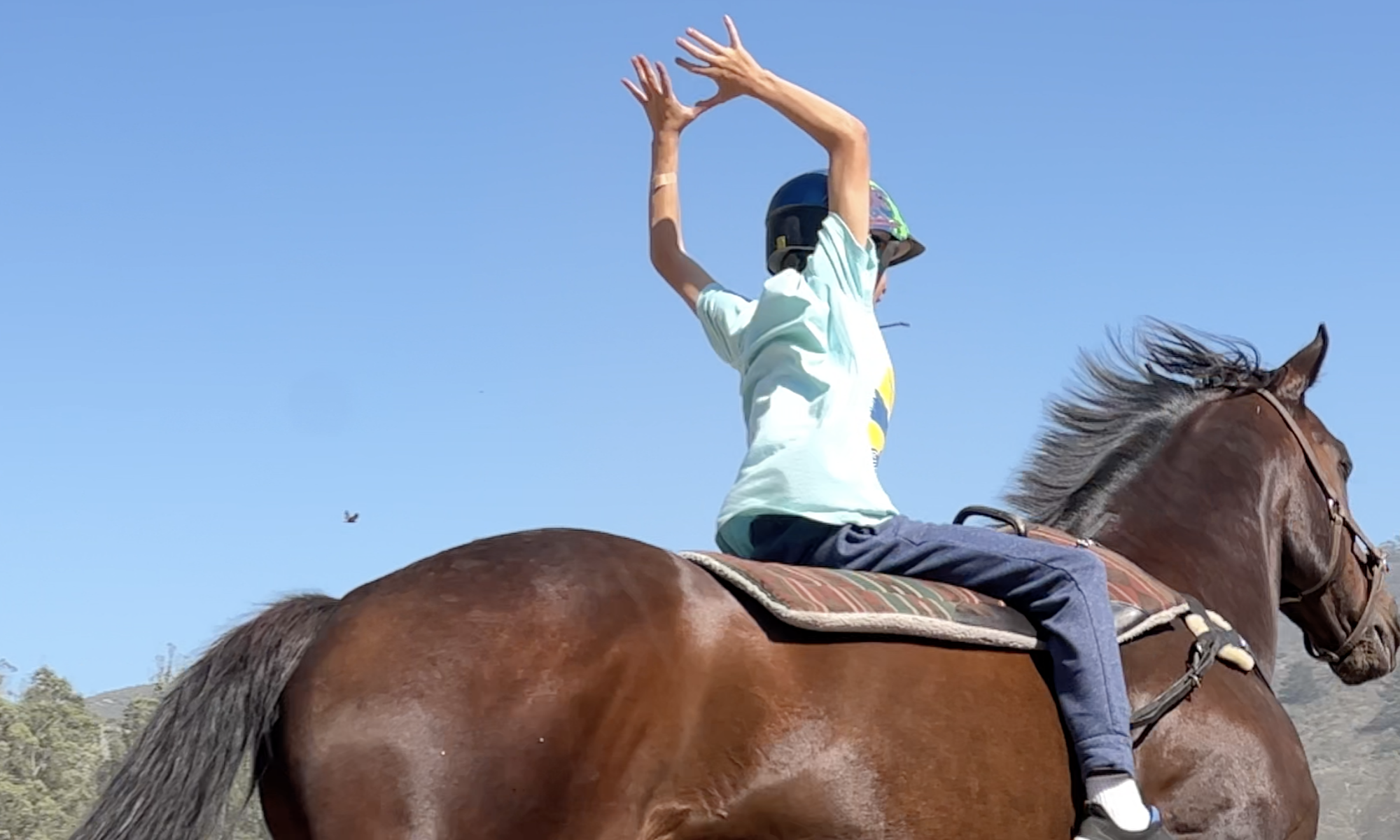The people I call friends and colleagues are some of my most treasured gifts.
The privilege to be able to call on the collective wisdom and care of this rich bevy of humans is something I’m not ever going to be worthy of – but I can be grateful.
Last year, I sat on a plane and crossed the Atlantic with my father on one side of me and my husband on the other. We’d spent a week together discovering Ireland. My heart was full from the sights, the sounds, the faces of Ireland, and my mind was on fire.

I opened my journal on the runway and my pen started moving. A realization was firming up in my head and it was big.
Before landing back home, I’d discovered a terrifying truth that I would have to sit with.
“Every single utopian, pie-in-the-sky dream I had for Square Peg was not just possible, it was already being done – and done beautifully. The folks that were doing it were ready, willing and able to help me make it a reality in the States.”
This means that there would be no more hiding behind the veil of “that’s nice, but impossible.” It means, “not only is this possible – but your ideas are vital, effective and necessary.
I’ll illustrate.
What if you put someone with a severe anxiety condition, with obsessive or destructive behaviors that render him otherwise unemployable and very high needs into a space of natural beauty and imbued that living space with a sense of freedom rather than in a restrictive, sterile “safe” space and suddenly, the personhood and dignity of that individual blooms and he is able to find meaningful ways to contribute to his community? Sounds nice of course but what if you can prove that this saves the community funds, time and efforts while helping this person to achieve a sense of worth and use?

This is exactly what my friend David Doyle is doing in County Cork Ireland. He knew he was right. He’s a parent of a child that the rest of the world had written off as dangerous, disabled and vastly limited. He and his wife did not accept defeat for their daughter. He’s the administrator of municipal funds and knows exactly what the government is spending to sequester people like his daughter. He’s a horseman of the first order and knows the value of bringing animals and a peaceful farm program together to create family memories.
There’s more.
What if we look at all the studies for parent respite and understand the value of a family being able to recreate together to create healthier families and communities? The barrier is that it’s almost impossible to find qualified respite workers, homes and opportunities. Well, if you are David Doyle, you rent an entire resort and bring 165 families on a vacation. I didn’t stutter – I said 165 FAMILIES! He provided horses, swimming, all of the recreation you would find for “normal” families and he added two true Irish style pubs for the families to gather and sing and share in total understanding and acceptance. And guess what? It was transformative.

I’ll need to chew on that.
Not all heroes wear capes.

I gotta get back to work.
.








 These are actual things I hear regularly:
These are actual things I hear regularly: This week we hosted our gathering we call
This week we hosted our gathering we call 